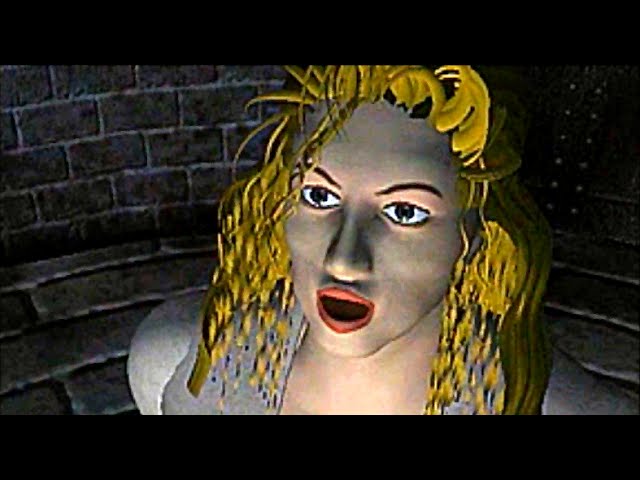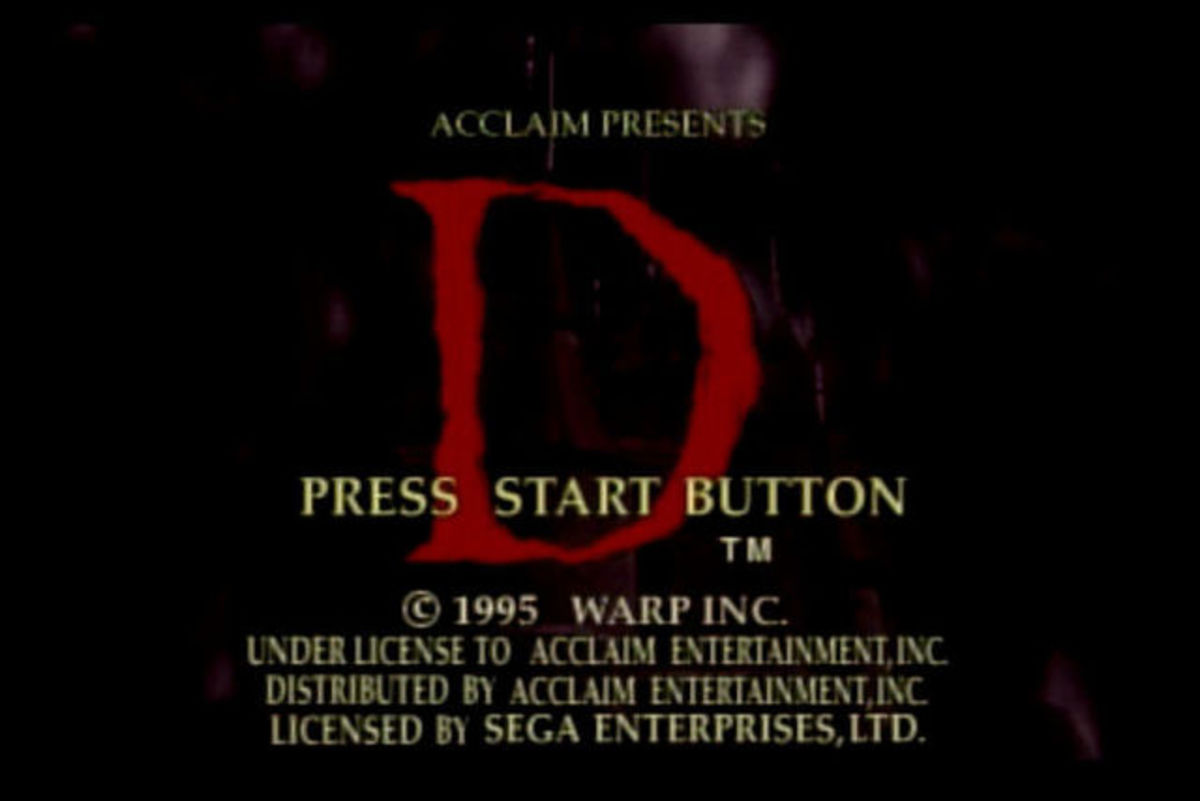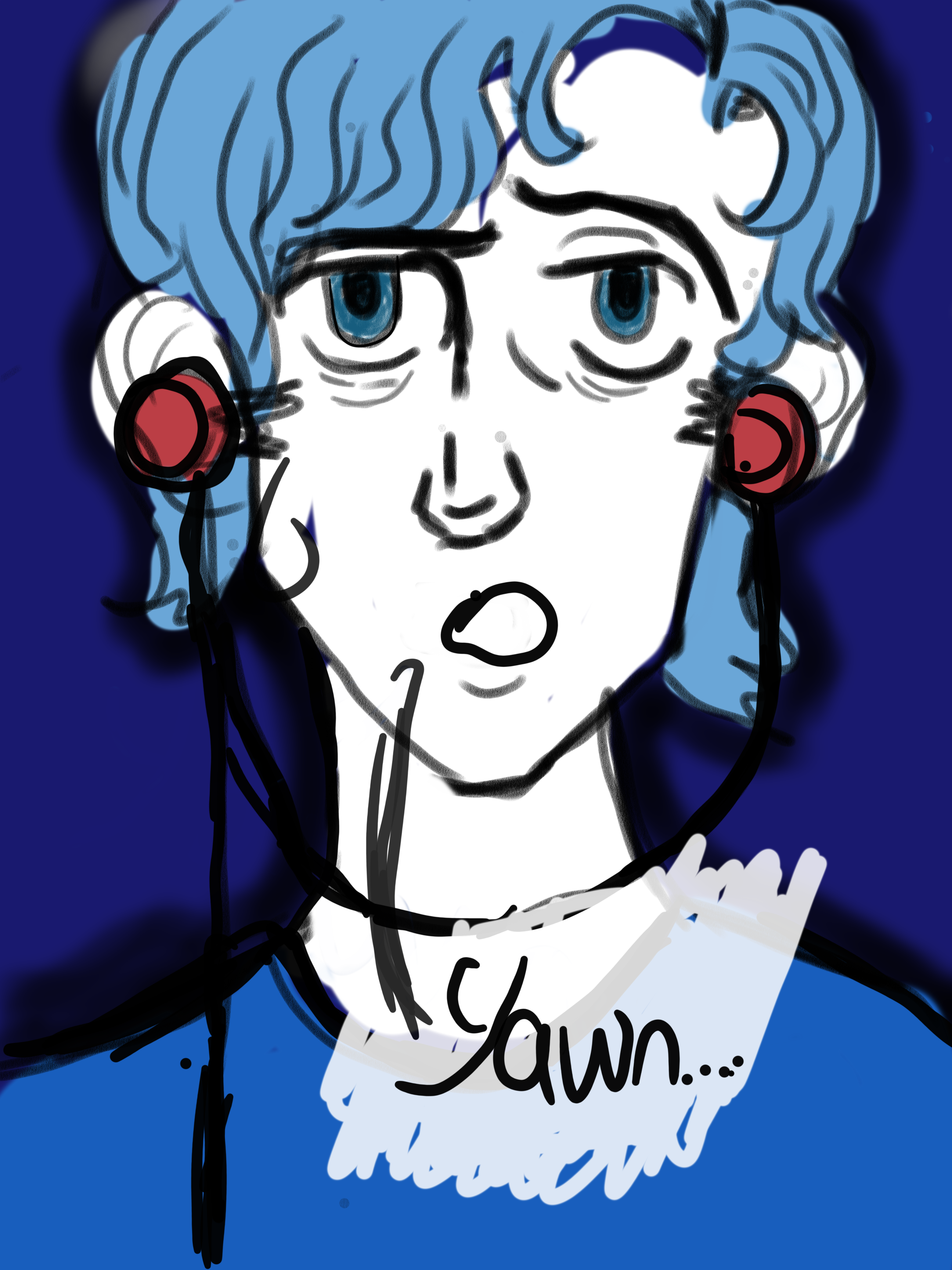INSOMNIAC GAMING:
MINI-REVIEWS
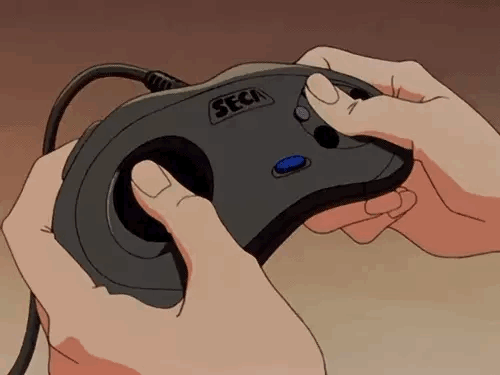
RPGS
Mother (Famicom/GBA/Wii U)
COMING SOON!
PLATFORMERS
ACTION/ADVENTURE
HORROR
Clock Tower (SNES/PC/PS1/Wonderswan)
by Michael Anthony
10/25/2020
Clock tower is a cult favorite horror game first released for the Super Famicom, (the Japanese SNES,) in 1995 and was later ported to the PC, PS1, and Wonderswan. It is an early horror game and does not fall into many of the established traits that many others in the genre exhibit. Clock Tower is a 2D point and click adventure game at its heart. There is no real combat and no real tactical offensive or self defense measures. It’s just you, your wits, a mystery, and a killer.
In Clock Tower, you play as Jennifer Simpson, a teenaged orphan led out to a rural mansion with a small group of other girls to meet with a man for a prospective adoption. Upon your arrival, lights go out and hell breaks loose. All of the others are missing and the player as Jennifer find themselves being hunted by a small, deformed, maniac wielding a large pair of deadly scissors. You must solve the mystery, attempt to find and save your friends, and get out alive. The game does not have a traditional health system. Instead it has a panic system. The more scary set pieces and encounters with Scissorman, the more likely she is to trip and fall while fleeing, temporarily ward off a sudden attack, etc. This can be alleviated by having Jennifer sit quietly in a peaceful spot for a few moments to regain her composure. For the most part this system is fair, but I found that panic rises too far simply by running quickly for long periods of time. However, this is something you quickly get used to.
Many things change from play to play. Locations of rooms, items, spawn points for the Scissorman, and more. This keeps players alert and on their toes. In addition to all of this, there are nine different endings to uncover which offer great replay value to an otherwise short game. The initial SNES release does not support the SNES mouse but the PS1 and PC ports do. If that is something you wish to take advantage of. All ports have translations except the Wonderswan portable port. All come recommended. Clock Tower, (not to be confused with Clock Tower 2 which was unfortunately released in the U.S. as just Clock Tower”,) is an innovative gem in an emerging genre and it is a shame we never got an official release in the west. Luckily, said translation patches are readily available with a quick google search. I suggest you do yourself a favor and get on it before the spooky month of October comes to a close.

D2 (Dreamcast)
by Michael Anthony
10/23/2020
D2 is insane in the best sort of way. It combines gameplay and storytelling elements (ex., the digital actors,) from D and Enemy Zero with new modes and ideas. Part of the game is on rails adventure style exploration like in D and Enemy Zero while the other major part is more standard survival horror featuring first-person combat, random encounters, and a light RPG-like leveling system.
The game also has a hunting mode where you can hunt animals in the wild for meat you can use to heal yourself. This is especially handy since standard healing items are limited and sometimes cannot be reached after moving on from a certian point, so search thouroghly. Graphics are very good for the Dreamcast and could pass for early era PS2. Unfortunately, voice acting is hit or miss. However, the woman who plays Kimberly stands out well. This is great because she has the most dialog and is sort of a secondary protagonist next to Laura, who once again is silent. (Although it works less effectively here than it did with Enemy Zero.)
D2 is very cutscene heavy, but the plot is intriguing and everything is well directed. The game takes place in the snowy Canadian mountains after a plane crash involving a brush with a meteorite and a doomsday cult. Upon awakening several days after the crash, Laura and a small band of survivors fight the wildreness to battle plant-like, once human, monsters and find out what the hell is going on. (I know it's weird, but hang in there.) On the narrative side, D2 is a bit muddled, but the feeling it tries to get across is solid. The game is very graphic and has some strong psycho-sexual themes. Because of this, it is not for everyone. Still, if that does not bother you, I'd recommend D2 despite it's shortcomings. D2 is very unique and very much a WARP and Kenji Eno production. A hidden gem for the Dreamcast.
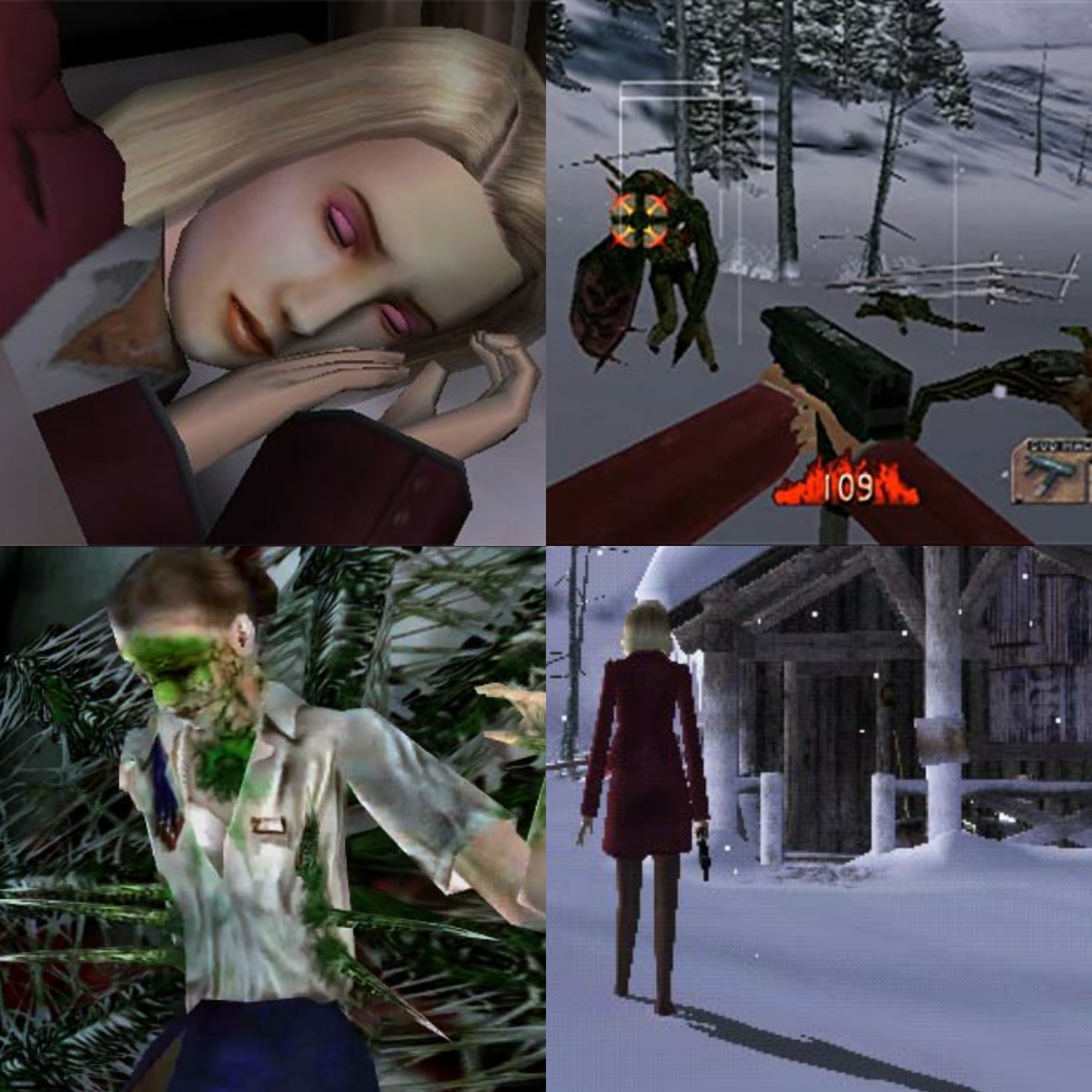
Enemy Zero (Saturn, PC)
by Michael Anthony
10/20/2020
Enemy Zero is a horror game released exclusively for the Sega Saturn in 1997. It was developed and released by Japanese indie game studio WARP and is the brain child of the late mad-genius Game designer Kenji Eno. It is known for it’s unique gameplay featuring invisible enemies that can only be detected and hunted entirely by sound.
Gameplay is divided into two styles. The first half is an indoors ,on rails adventure game exploration style that plays exactly like WARP’s previous game, “D.” In this mode the player finds and collects key items, can video phone crewmates, view a map, and solve puzzles required to advance in the game.
The other half is a free roaming, FPS mode featuring the aforementioned invisible enemies. During these segments the player character, Laura, explores the labyrinthian space ship while piano chimes clue her into the location of the enemies. A high pitch means they are in front of her, a mid range pitch is beside her, and a low pitch is behind. The speed and frequency of these pings tell Laura how close she is to the enemy. It is an ingenious system that I have never seen anywhere else. The uncertainty and level of awareness required to make progress keeps players anxious and fearful. I can honestly say it’s one of the scariest, (and also most challenging,) games I’ve played yet.
A gameplay sample of Enemy Zero
At first glance the story of Enemy Zero might seem to copy the movie Alien a little too closely, but upon another, deeper look it is clear that beyond the initial set up featuring a crew abruptly awakened from cryo-stasis on a freight crater headed to Earth and some aesthetics that it is indeed it’s own creature.
In Enemy Zero, you play as Laura, (not exactly the same Laura as in WARP’s previous game, D, WARP tried to establish Laura and other characters as “digital actors” of sorts.) Laura wakes up from cryogenic sleep with most of her memory failing her to discover a crewmate, Parker, being slaughtered by an invisible assailant. She sets out into the ship to discover what is going on, who this threat is, and find her surviving crewmates before it’s too late. Along the way there are several surprising plot and character twists and turns that keep the story engaging and fresh.
Parkers death sets off a dangerous mystery and the story and storytelling are wonderfully done. The cutscenes are excellently directed and everything unfolds at a good pace. One striking thing about all of this is Laura’s character. She is a silent protagonist and we as players get to build a great sense of who she is, something that does not come easily to silent protagonists. Usually they are merely blank player surrogates but here Kenji Eno and his team managed to make a plausible person.
I greatly enjoy Enemy Zero, but it is a bit tricky to recommend. The game is pretty pricy these days and on something of a cult platform, (unless you try to track down the PC port and even then good luck getting it working.) It does have a big difficulty curve. Each hit from an enemy results in an insta-death and the guns you use take a second to charge requiring the timing of each shot to be very precise. In addition, on most difficulty settings, the guns you get have a limited number of shots they can fire before running out of energy and must be recharged at charging stations scattered about the ship. I usually stick to easy or beginner difficulties to alleviate this added stress and there’s no shame to that.
The characters in Enemy Zero are a highlight, however and if these “features” and stressors don’t bother you however, a strong, well crafted, and unique gaming experience awaits you in Enemy Zero. I think it is most likely WARP and Kenji Eno’s best game. I hope that this little review piqued your interest enough to at least give it a look or give it a try, even if you have to dive into the messy world of Saturn emulation. There really is nothing else quite like it and that at least certainly says something.
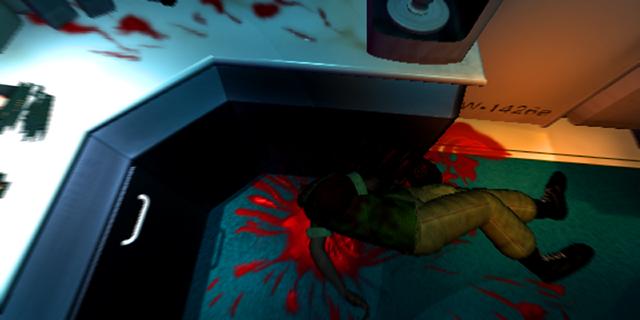
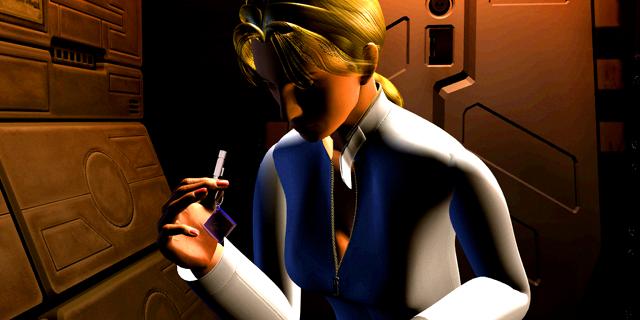
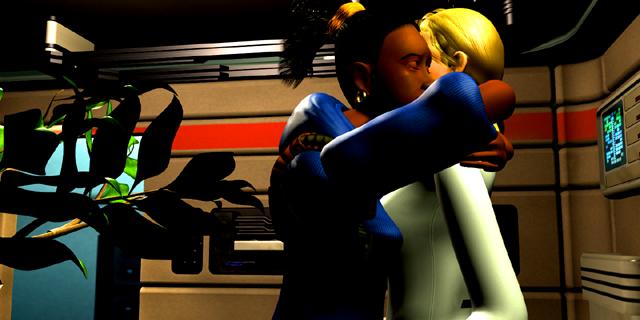
IB (PC)
by Michael Anthony
10/18/2020
Ib, (pronounced "Eeb",) is a solo developed indie horror game released in 2012 made in RGP Maker. Originally released only in Japanese, it has since been translated into English, Spanish, and Italian and all versions are available to download and play for free. Unlike many RPG Maker games, Ib has no turn-based/strategy combat or random encounters and instead focuses on immersing players through exploration and puzzle solving.
In Ib, a young girl named Ib and her parents visit an art gallery. Inside, she finds a cryptic invitation to an "alternate" gallery and is lured away to a strange and dangerous art world. While trapped in this nightmare gallery, Ib meets 2 characters. Gary, who is older but strong and dependable and the cheerful, yet cloying Mary. The three try to escape the cruel gallery and hopefully find out what's going on along the way.
During the game you switch between playing as Ib or Gary. Ib is young and can't make out some words or sentences on placards or in notes on her own. This vulnerability helps keep tension and makes players want to explore more for better context and understanding. There is no real combat to be found, only enemies to avoid and traps or obstacles to outsmart.
The world design, puzzles, and characters are all well crafted. The plot is admittedly a little thin, but the small touches and characteristics really add up. The graphics are undeniably on the simple side. Ib was made using an older version of RPG Maker, even for its time. However, the design behind the art comes through enough to reel in the creeps. The game's solid moody, atmospheric soundtrack definitely helps as well in that regard.
Ib might not have shocking jump scares or deep psychological twists, but the sense of vulnerability and helplessness, feeling lost, and the curious temptation on how things will advance make is a true contender in the horror genre.
Ib is a pretty short game but with a few multiple endings and a large collection of art to inspect there is replay value here for most gamers. It is one hundred percent worth the time to give it a try. The game is free after all. I recommend it.
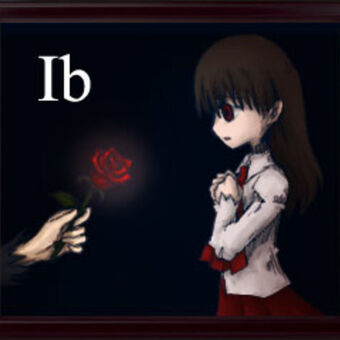
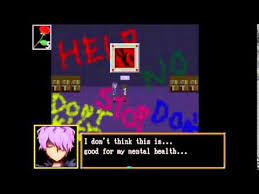
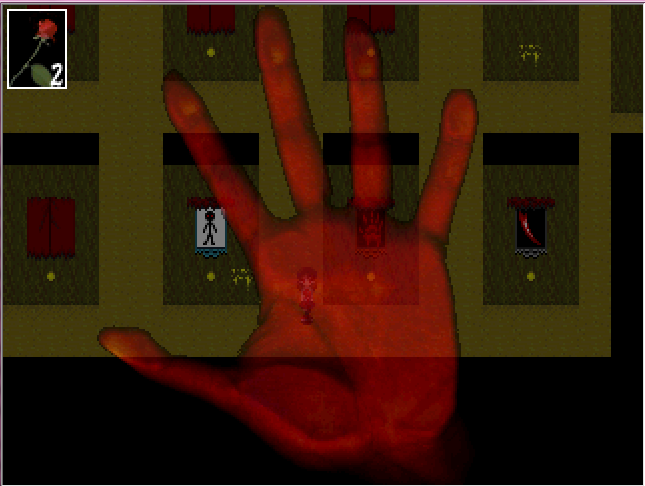
D (3DO, Saturn, PS1, PC)
by Michael Anthony
10/17/2020
D, (or D no shokutaku), created by Japanese indie game studio WARP, is a very early entry in the horror gaming genre. First released on the 3DO, Saturn, PS1, and PC in 1995, it was the first fully CGI video game and is an oft-forgotten gem in the genre. While it was a huge success in Japan it meerly reached cult status in the west, but has more or less been praised for its daring approach and creative quirks.
In D, you play as Laura Harris who is called to a Los Angeles hospital one night after her father, Doctor Richard Harris has gone on a sudden mass shooting spree inside. The police have called Laura to try and reach the crazed doctor and talk him down from his madness. Upon entering the hospital however, Laura is warped to what seems to be a mid-evil castle. Upon witnessing a ghostly vision of her father trying to warn her, Laura decides to venture through the dangerous and twisted castle to find her father, save him, find lost memories, and unravel the mystery along the way.
The game sort of plays similarly to Myst and other PC adventure games at the time where you are on rails, moving from point to point by predetermined paths as you choose. It is unique with its storytelling, level of graphic scenes (which I would love to spoil here but they are too dang cool) for the time, and the fact that the game has a two hour time limit. If you don't solve the mystery by then, Laura is trapped in the mysterious castle forever.
There are puzzles to solve as you advance through the castle and many cutscenes revealing scares and plot points. While they must have been impressive at their time, the graphics do look fairly dated today. Luckily, D is so rich with atmosphere and tension and is blessed with good direction that the dated visuals don't really hamper the experience all too much. Even the terrible English voice acting doesn't hold the package down. (Too much.)
D's Development has some crazy rich lore which is worth a look. It involves top secret plot decisions, bridges burned with publishers, and an insane (and successful!) plot to bypass censor boards. Aside from the aforementioned voice acting and dated visuals, and one puzzle that outwore it's welcome, I don't have many marks against D. It's two hour time limit does hamper replay value a little bit but I still take it out and enjoy it once or twice a year.
I say D is definitely worth a look!
Check it out.
